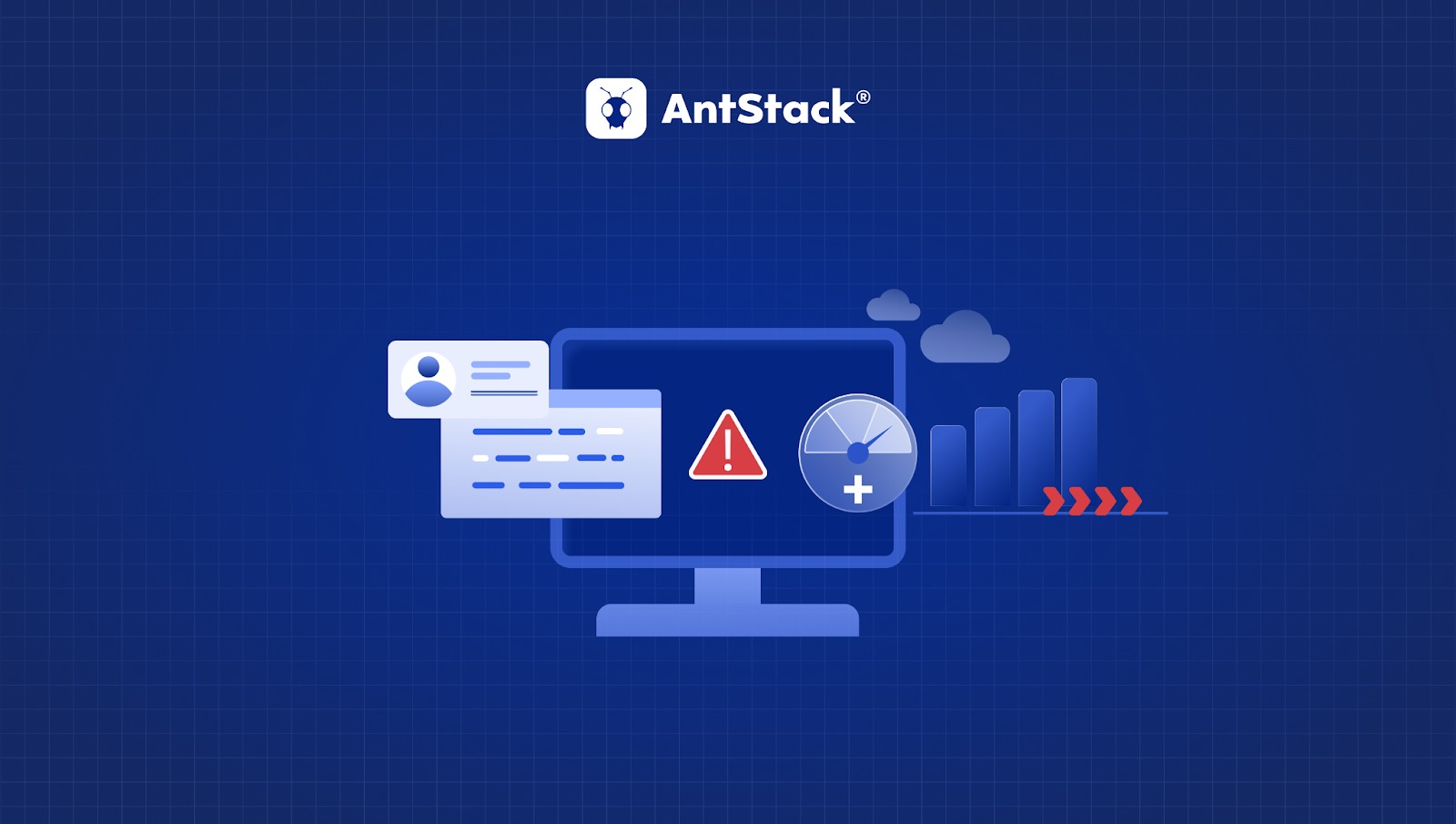New Client Expectations: Real-time, Culturally Aware Japanese AI Translations
In today’s fast-paced world, companies no longer wait days or hours for results. They expect instant answers and real-time support. This is true even when it comes to language. Clients now want fast, accurate Japanese translations that respect cultural values and local expressions.
This shift is changing how companies work with a translation services company. It’s no longer enough to just “convert†text. The translation must reflect the real meaning, the tone, and the cultural feel. New clients want this to happen instantly, powered by smart AI tools that also understand people, not just words.
The Demand for Real-Time Output
Today’s clients live in a world of live chats, instant messaging, and on-demand apps. When they request a translation, they expect results without delay. This is driving growth in real-time AI translation. For Japanese, this is tricky. The language has many levels of politeness. A wrong phrase can change the meaning or sound rude. Real-time AI must go beyond speed. It must get the tone right, too.
Clients are asking for tools that plug into emails, help desks, websites, and video meetings. They want replies in Japanese right away, clear, correct, and polite. This is the new standard. If you can’t deliver fast, the client may move to someone who can.
Understanding Cultural Nuance in AI
Japanese is not just a language, it’s a way of thinking. A phrase that sounds okay in English may sound pushy or cold in Japanese. Clients expect AI to catch this. For example, in Japan, it’s polite to say “It may be difficult†instead of saying “No.†It’s softer. AI systems must learn this kind of wording. Clients want tools that do more than just translate. They want tools that reflect care, respect, and harmony.
Cultural awareness is a major focus in new AI systems. Developers now train AI with examples from real-life conversations. They feed in polite forms, casual speech, and even local slang. This helps the system pick the right tone, depending on who the user is talking to.
Tone and Formality: What Clients Really Expect
A CEO speaking to investors in Tokyo uses different words than a teen texting a friend. Clients know this. That’s why they want AI tools that can shift tone. Formality levels in Japanese matter a lot. There’s casual, polite, and honorific speech. Clients expect translations that match the moment. They don’t want one-size-fits-all answers. They want AI that adjusts like a real human.
This is now a key selling point. If your AI tool can change tone based on context, it becomes a must-have. Clients see this as a sign that you care about doing things the right way.
Support for Industry-Specific Terms
Many clients come from finance, tech, healthcare, or law. They use special terms. These words don’t always have a clear match in Japanese. That’s why real-time tools must include industry glossaries. Clients now expect tools that know their field. If a medical client types “blood glucose monitor,†they don’t want a simple guess. They want the exact term used by doctors in Tokyo.
AI systems can now be trained with data from each industry. This lets them give smart answers. The more precise the language, the more trust the client feels. It also saves time, less back-and-forth over unclear words.
Smarter Tools for Client Feedback
New clients also want more control. They don’t want to just take what the AI gives. They want to correct, fine-tune, and teach the tool. Modern platforms now allow real-time feedback. If a phrase feels off, the client can edit it. The system then learns from that change. This kind of loop helps improve quality over time.
Clients love this. It means they’re not just users. They’re part of the process. The tool gets smarter with each use, and the client feels more in charge. This shift turns translation into teamwork. It blends AI speed with human judgment, giving the best of both.
Building Trust with Local Readers
Even when translation is done by AI, the final goal stays the same: connect with people. Japanese readers care about wording. If it feels strange or cold, they may not trust the message. Clients know this. That’s why they want tools that “sound native.†It’s not just about meaning, it’s about tone, rhythm, and natural flow.
For example, Japanese often avoids repeating the subject. Saying “I will send the file†in English is fine. But in Japanese, the subject is often dropped: “Will send the file.†A natural AI must know this and adjust accordingly. The smoother the text feels, the more readers trust it. And that builds real value for the client’s brand.
Working with Human Review in Mind
AI tools are fast. But they’re not perfect. Clients now look for tools that allow easy review by human experts. This is where professional Japanese translation services still play a role. AI does the first draft. Then human experts check for tone, style, and cultural fit.
New clients expect this flow to be seamless. They want AI to save time, but not to risk mistakes. Review tools are now built into many platforms. Clients can approve, reject, or rewrite lines as needed, all without leaving the dashboard. This step protects the brand voice and avoids cultural errors. It gives clients the best of both worlds: speed from AI and care from human review.
Adapting for Voice and Video
Live video and voice calls are now part of daily business. That includes cross-language meetings. Clients want AI that can help during live calls, not just written messages. New AI tools now offer real-time speech-to-text, translation, and speech output in Japanese. These systems are trained to pick up different accents, match timing, and keep the message clear.
Clients expect this to work smoothly. A slow or clunky system breaks the flow of a call. The goal is to make the tech invisible, so the conversation feels natural. Adding Japanese honorifics, pauses, and polite endings makes a big difference in speech. Smart AI now learns this too, helping the client sound professional even during live talks.
Looking Ahead: Translation That Thinks Ahead
New clients are no longer just asking for “faster translation.†They want translation that feels alive. They want tools that learn, improve, and think one step ahead. The next wave of AI systems will suggest phrases before you even ask. They will offer better options based on your audience. They will adjust style, tone, and timing without you needing to tweak settings.
Clients are ready for this. They want tools that grow with them, tools that don’t just react, but help plan, shape, and lead. This is what it means to meet the new expectation: not just to follow, but to guide.
Final Words!
Today’s clients want more than speed. They want a real-time Japanese translation that feels human, sounds polite, and fits the moment. They expect smart tools that can change tone, learn from edits, and match local values. This is not the future, it’s already here. The best tools today blend AI and culture, speed and care, tech and trust. For businesses, it means one thing: translation is no longer a side task. It’s a smart bridge to global growth.




